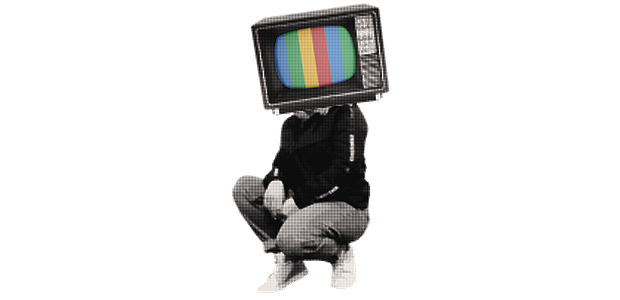
TV advertising is closer than you think
For the first time since 2021, TV advertising spend in the UK grew year-on-year in 2024 – hitting £5.27 billion. Not bad for a format some declared dead in the wake of Netflix binges and TikTok scrolling.
But here’s the truth: TV isn’t just alive, it’s thriving – and it’s more accessible than ever for startups and SMEs.
As well has being recognised as a highly trusted channel, TV retains an unrivalled ability to deliver ROI for brands in both the short and long term, as well as supercharging the performance of other channels in the media mix. It would seem like a no-brainer then to advertise on TV at the first opportunity, but how do you spot when that opportunity is on the horizon? And once you’ve decided to put your brand into the living rooms of the nation, how do you ensure you do so with confidence?
In 2021 a study by Magic Numbers in collaboration with Thinkbox identified three signs that your brand is ready for TV:
1. A new, clever, or hard to understand product: research found that by using TV, brands were able to drive people to a website who had a clearer understanding of the brand and thus were more likely to become a customer
2. The need to scale fast: this is particularly true of brands or categories driving digital disruption and needing to dominate against competitors in the battle for share of mind
3. You have exhausted your normal marketing mix: which is typically made up of performance channels. This can present as a loss in efficiency or slow to no growth
If a TV campaign is indeed the right next step for your brand, it’s important to work with the right partners. The independent agency sector is booming meaning you have a wealth of choice of experienced potential partners. Find an agency who will truly be invested in your success and who wants to treat your TV investment as a long-term partnership for growth, not a “one and done” grab for your money.
“TV” has become a very broad church in recent years, particularly with the introduction of ad-tiers to the likes of Netflix, Amazon Prime, and Disney+. It’s also important to remember that TV is good at different things: it can absolutely drive short-term performance and sales, as well as supercharging softer brand metrics such as awareness and consideration. While these things are not mutually exclusive by any means, you should be clear on what your key KPIs are before you do any planning to ensure you get the right TV plan.
For TV planning it’s important to avoid tunnel vision and think about both who you are trying to reach and what you want them to do once you have. Let’s imagine we’re trying to reach men aged between 25 and 44 to promote a new online game:
- If we focused solely on reaching that audience with as little wastage as possible we could end up with a TV schedule focused on live sport and premium drama such as The Last of Us. While both are great environments to reach the audience in an engaged and emotive state of mind, they are very much “leaned in” environments. In other words, by reaching them here we might help drive long-term brand metrics, we are less likely to drive an immediate response
- Conversely we could target lower-engagement TV spots that are cheaper and have a higher propensity for second screening and driving immediate response. The audience we reach might be more diluted than our target but we could see a lower cost per response in return. However this route will eventually plateau in efficiency which could be a problem if margins are tight
Neither of these approaches are right or wrong: both are broad examples of how to approach a TV plan. Depending on your definition of "TV" there are almost 500 channels on which to advertise in the UK across linear, BVOD, SVOD, and FAST. Such diversity means that there has never been a better time to plan a TV campaign, but it does reinforce the importance of having a clear idea of what success looks like before you do so.
Another advantage of the diversity of choice in the UK TV landscape is that many of the perceived barriers to entry have been removed. TV can work just as hard for global brands spending tens of millions as it can for startups with tens of thousands. Optimising a TV campaign can happen over weeks instead of months, meaning an already effective channel can be made even more efficient mid-campaign. For both wealth of choice and ease of access, we truly are living in the golden age of television advertising.
This article originally appeared in the May/June 2025 issue of Startups Magazine. Click here to subscribe

